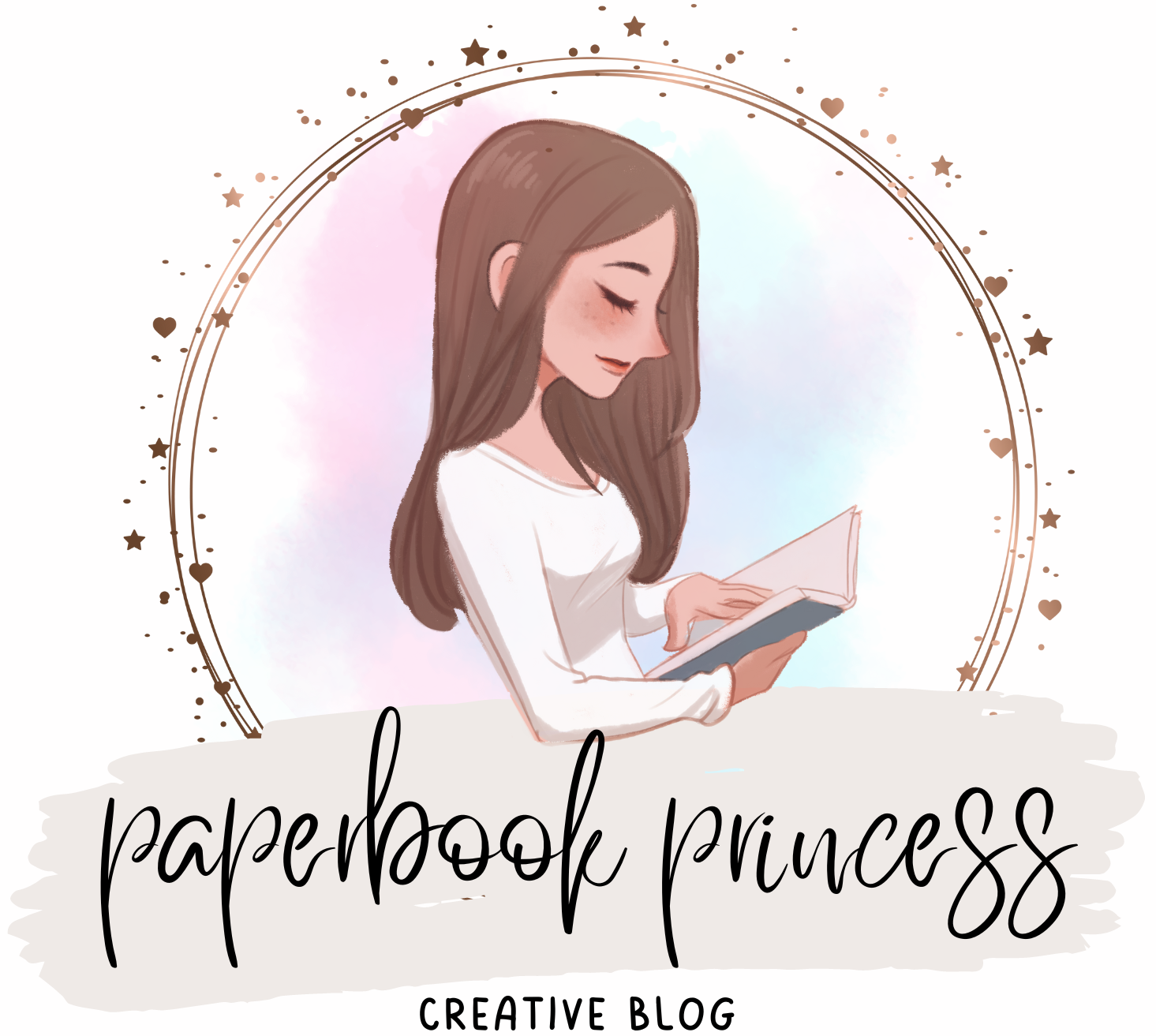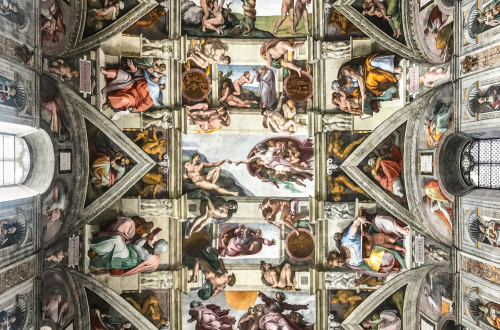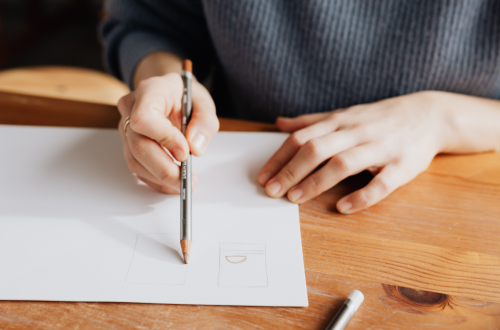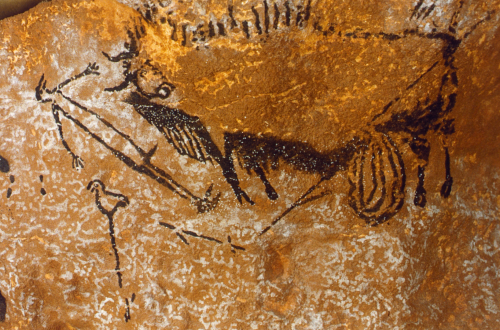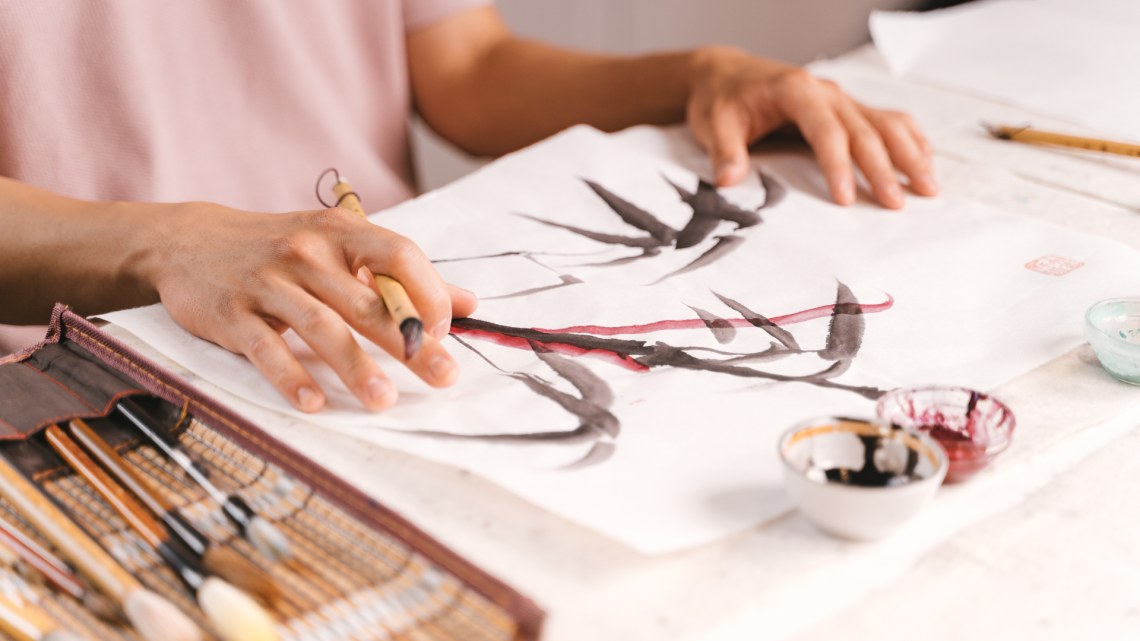
The Importance of Art in Society
Looking around us, it’s easy to see that art is everywhere. From the paintings on our walls to the music on our playlists, we are constantly surrounded by creative expression in all its forms. But art has a significant role in society beyond just being a source of entertainment and beauty.
Whether it’s bringing people together or providing a platform for social commentary and change, there’s no denying that art has the power to impact us deeply and profoundly. In this blog post, we’ll explore why art is so essential to our collective well-being and how it can help shape a better future for us all.
How Art Has the Power to Transform Society
Art has the power to transform society in several ways. It can help create a sense of community, unite people, encourage critical thinking and creativity, and help us see the world differently. In short, art has the potential to do so much good for our society – and we should do everything we can to support it.
There are many different types of art, each with its unique power to transform society. For example, sculpture can help to create a sense of community by promoting interaction between people. Painting can help us to understand the world around us more deeply, and poetry can help us to reflect on our own lives.
We must continue to support art – not only because it has the potential to impact society positively but also because it’s an amazing way to get in touch with our emotions and connect with other people. Whether we’re looking at paintings, sculptures, or poetry – all forms of art can transport us away from our everyday lives and into another world where we can discover new things about ourselves and our loved ones.
The Role of Art in Cultural Preservation
Art is essential to any culture, and its preservation is critical for its continued existence. Art can be used to communicate ideas and emotions, and it can provide a physical manifestation of a culture’s history and traditions.
When art is lost or damaged, it can cause significant cultural upset. For example, when the art treasures of Iraq were looted after the invasion of 2003, many Iraqis felt that their heritage had been taken away from them. Similarly, when an artwork is destroyed in fires or floods, it can lead to social upheaval as people lose a sense of their cultural history.
Fortunately, there are ways to preserve art even in the face of adversity. Governments and museums worldwide have developed policies and procedures for protecting artworks from theft and damage. Such measures include creating secure storage facilities for artwork, installing alarms and tracking systems, and training staff to respond if a painting is stolen.
In addition to artworks, heritage sites also form a major part of culture and history. Heritage buildings are indispensable repositories of cultural identity, embodying the architectural and historical legacy of societies. Beyond their structural significance, these structures serve as tangible links to the past, providing communities with a visual and historical anchor that shapes their collective identity.
Preserving heritage buildings entails not only maintaining their physical integrity but also safeguarding the cultural narratives and traditions they encapsulate. Governments, conservation organizations, and communities must collaborate to implement restoration efforts, protective measures, and educational initiatives that emphasize the cultural importance of these landmarks. Calling a lime mortar pointing specialist and similar professionals to regularly carry out maintenance to preserve the cultural significance of these structures is essential. The conservation of heritage buildings is a commitment to ensuring that the rich tapestry of human history remains intact, allowing future generations to draw inspiration from the architectural and cultural treasures of the past.
However, art remains vulnerable to theft or damage even with these precautions. This is particularly true for ancient artwork, which today’s audiences may no longer understand. In these cases, museums may destroy such works rather than risk being stolen or damaged. But even if ancient artwork cannot be preserved for future generations through conservation techniques, it can still be enjoyed by people today through exhibitions and publications.
The Connection Between Art and Emotional Intelligence
Art is one of the oldest forms of expression and has always been considered a way to connect with others. It can be used as an outlet for emotions and help people feel understood. There is a strong connection between art and emotional intelligence (EI).
According to research, high EI people are more likely to be creative, have stronger social relationships, and be better problem-solvers. Art can also help increase EI skills. For example, artists may need to be able to think outside the box to create something new and unique. They may also need good spatial awareness to lay out their work effectively. This type of creativity often requires thinking on several levels at once.
In addition, communicating ideas through art can help us build strong relationships with others. We can share our feelings and thoughts through artwork, which can open communication between the person who views our work and us. This type of communication is essential because it allows people to understand each other better. It can also lead to cooperation and compromise.
Overall, art is essential for building strong relationships and increasing emotional intelligence skills.
Art as a Medium for Social Justice and Activism
Art can be used as a medium for social justice and activism. Artistically, they can create works that reflect the current political climate and bring awareness to critical societal issues. Additionally, their artwork can be used as a tool for advocacy. By creating pieces that send a message, artists can help shift public opinion positively.
In the current political climate, it is more important than ever to use art to advocate for social change. The Trump administration has significantly damaged many aspects of American society, from environmental protection to healthcare access. Many people are feeling frustrated and need outlets for their anger and frustration. Art is one-way people can freely express themselves without fear of reprisal from the government or other individuals.
Many artists use their work to address issues like gun violence and climate change. They want to create pieces to spark conversations about these pressing topics, encourage people to think critically about them and make changes happen. Many artists also use their work as an opportunity to speak out against injustices happening in the world today.
Art can be used as a platform for social justice and activism in many ways. By creating pieces that speak to specific issues, artists hope to motivate others into action by showing them the importance of their work.
How Art Can Inspire Change in the World
Art can inspire change in the world by providing a platform for individuals to voice their opinions and share their stories. It can also help to break down social barriers and bring people together. Additionally, art can provide a sense of community and support for those who may be struggling.
Many people believe that art can change the world. This is because art provides a platform for individuals to voice their opinions and share their stories. Arts advocates believe this open dialogue is essential for breaking down social barriers and bringing people together.
Arts programs often assist marginalized populations, such as low-income families, youth, and immigrants. The impact of arts programming cannot be overstated; it has the power to transform lives and positively impact society as a whole.
Society and Art Together Shape the World We Live In
Art is a form of expression seen in every culture and age. It can unite people, inspire creativity and thought, and connect them with their shared history. Art can also provide social commentary on the world and help us understand our emotions and experiences.
The importance of art in society cannot be overstated. It is essential for building community ties, fostering creativity, and helping us understand our emotions and experiences. In an increasingly homogeneous world, art provides a valuable means of connection for all of us.


